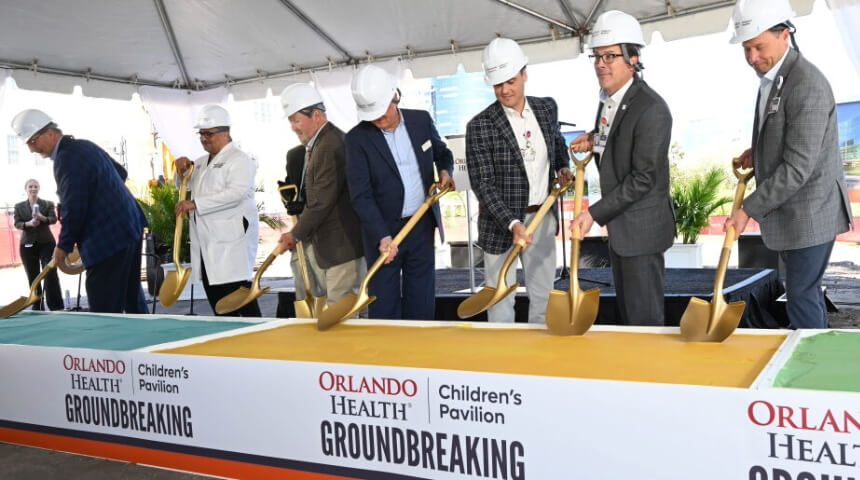If your son complains of severe pain in one of his testicles or his scrotum, don’t take a wait-and-see approach. You might only have hours to get treatment to save the testicle.
What Is a Testicular Torsion?
A testicular torsion happens when the spermatic cord, which provides blood flow to the testicle, rotates and becomes twisted. This cuts off the testicle's blood supply and causes sudden pain and swelling.
This condition is most common in boys and men younger than 25, especially between the ages of 10 and 16. A testicular torsion happens suddenly and for no obvious reason. It can often wake boys from sleep. If the torsion isn’t treated within six to 12 hours, there is a high chance that the testicle will die.
Symptoms of Testicular Torsion
According to a recent study, only 13 percent of parents of boys had spoken with their children about testicular torsion. For many boys, having a serious conversation about their genitals can be embarrassing. But it's critical that they know to tell a parent or a healthcare provider if they ever have pain, especially in the scrotum or testes. Other symptoms of a testicular torsion include:
- Swelling or redness of the scrotum
- A testicle that's higher than normal or at an unusual angle
- Abdominal pain
- Nausea and vomiting
- Frequent urination
- Fever
Treating a Testicular Torsion
Your son’s emergency department doctor usually can determine if he has a testicular torsion with a physical exam, discussion of his medical history and a scrotal ultrasound. If he does have testicular torsion, a urologist will be called in to consult and then perform a surgery to untwist the testicle.
Detorsion within six hours of onset of pain gives the patient more than 90 percent chance of viability of his testicle. After 12 hours, that rate drops to 20 percent. After 24 hours, the risk of having to remove the testicle (orchiectomy) because it is not viable approaches 80 to 90 percent. These time frames include the time it takes to get to a hospital, be evaluated and get treated.
The detorsion procedure involves untwisting the spermatic cord to restore blood flow to the testicle and placing the testicle back into its normal position. Both the affected and unaffected testicles then will be tacked down, which prevents future torsion. If a torsion has gone untreated for too long and the testicle is found to be too damaged to be saved, the affected testicle is removed
The loss of one testicle usually won't prevent a man from having normal sexual relations and is unlikely to interfere with fathering children.
Other Causes of Testicle Pain
If your son’s pain is not severe, he still should be evaluated in a timely fashion, If the examination does not indicate torsion, the doctor may want an ultrasound of the scrotum and urine tests to help determine the cause of the pain. The most common causes of testicle pain in children include:
- Testicular trauma
- Infections
- Fluid-filled cysts (spermatoceles), fluid around the testicle (hydroceles) and clusters of enlarged veins (varicoceles)
- Hernias
Talk About Testicular Pain
Testicular torsion comes on quickly and without warning. You cannot prevent it, so it’s important that families talk about this type of pain and what to do if it happens. Your son needs to understand the importance of telling you right away if he has this type of pain — and then head to the ER immediately. Time is testis!
Choose to Stay in Touch
Sign up to receive the latest health news and trends, wellness & prevention tips, and much more from Orlando Health.
Sign Up










